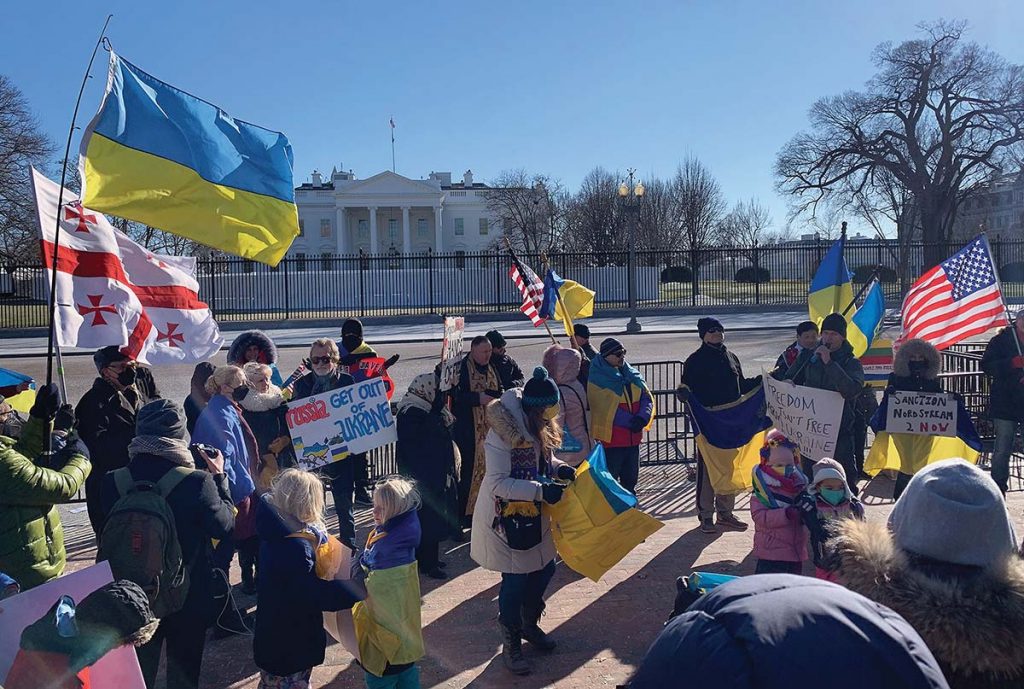WASHINGTON – Over one 150 activists and supporters of Ukraine protested outside the White House on January 29 in an effort to demonstrate their backing of Kyiv amid Russia’s buildup of some 140,000 troops along Ukraine’s border. The Ukrainian supporters were joined by a multitude of protestors hailing from Belarus, Georgia, Kazakhstan, the United States...

